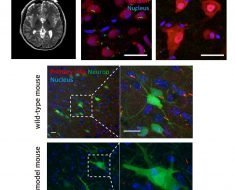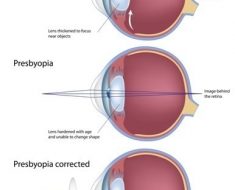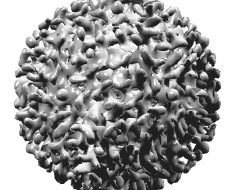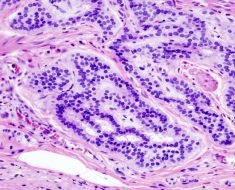The PLK1 gene, which has for decades been considered a tumor promoter, can also halt the development of cancer. This finding was made by researchers from the Spanish National Cancer Research Centre (CNIO) and Germany’s Cancer Research Centre (DKFZ), who have published their results in the journal Nature Communications. The role of PLK1 as a target for powerful drugs must now be reviewed, since the value of inhibition depends on the tumor type. For the time being, the scientists have discovered that the expression of PLK1 in breast tumors can determine a different prognosis, depending on the tumor subtype.
The PLK1 gene is essential for the division and proliferation of tumor cells. It has been known for years the overexpression of PLK1 is found in a large variety of tumor types, and on occasion, this overexpression is associated with poor prognosis (when a gene is overexpressed in the cell, there is an excess of the protein produced by that gene). For that reason, PLK1 has for decades been considered an oncogene, promoting the development of tumors. Plk1 is also a therapeutic target, since inhibiting its activity induces the death of cell tumors. In fact, there are Plk1 inhibitors already at advanced clinical stages.
Curiously, the oncogenic nature of PLK1 has never been formally demonstrated. In other words, until now, no experiment has been designed to demonstrate that the overexpression of PLK1 does indeed contribute to tumor development. That was the initial aim of researchers from Spain’s National Cancer Research Centre (CNIO—Madrid) and Germany’s Cancer Research Centre (DKFZ—Heidelberg) at the start of this joint research project.
They modified the genome of a mouse to overexpress the PLK1 gene at will. The first thing the researchers noted was that the mice did not develop any more tumors than normal mice. They then crossed their mice with others that expressed the oncogenes H-Ras or Her2 in breast tissue, and they developed very aggressive breast tumors. They expected a much greater incidence of cancer, but the result was unexpected: by overexpressing PLK1 together with the oncogenes, the incidence of tumors was reduced drastically.
“That was when we realised that something important was happening,” explained Guillermo de Cárcer, one of the lead researchers. “And in effect, we have shown that not only does PLK1 not act as an oncogene, but surprisingly, it acts as a tumor suppressor.”
Plk1 as an indicator of breast cancer prognosis
Intrigued, the researchers consulted the breast cancer databases, in search of a link between the expression of PLK1 and patient prognosis. And they confirmed that “the expression of Plk1 can result in a very different type of prognosis depending on the tumor sub-type,” said de Cárcer.
In Her2 positive tumors, the expression of PLK1 gives a better prognosis; however, in patients with positive tumors for the expression of the oestrogen receptor (ER+), it’s the complete opposite. Not only does this paper describe the novel action of PLK1 as a tumor suppressor, it also identifies the molecular mechanism of this suppression. “We have seen that the overexpression of PLK1 increases the number of chromosomes in cells, because after they divide, cells cannot correctly segregate their chromosomes,” said Rocío Sotillo, lead researcher with the Molecular Thoracic Oncology Group at DKFZ.
The fact that Plk1 acts as a tumor suppressor could call into question therapeutic strategies based on the inhibition of Plk1. However, Marcos Malumbres, head of the Cell Division and Cancer Research Group at CNIO and coordinator of the paper, trusts that the inhibition of Plk1 is still a valid and useful option.
“The fact that Plk1 is a tumor suppressor instead of an oncogene does not mean that Plk1 inhibitors will not be effective against cancer,” said Malumbres. “Many essential components in cell proliferation can be used as targets against cancer despite lacking oncogenic activity, owing to the addition of cancer cells to specific cell processes such as cell division.”
Source: Read Full Article





